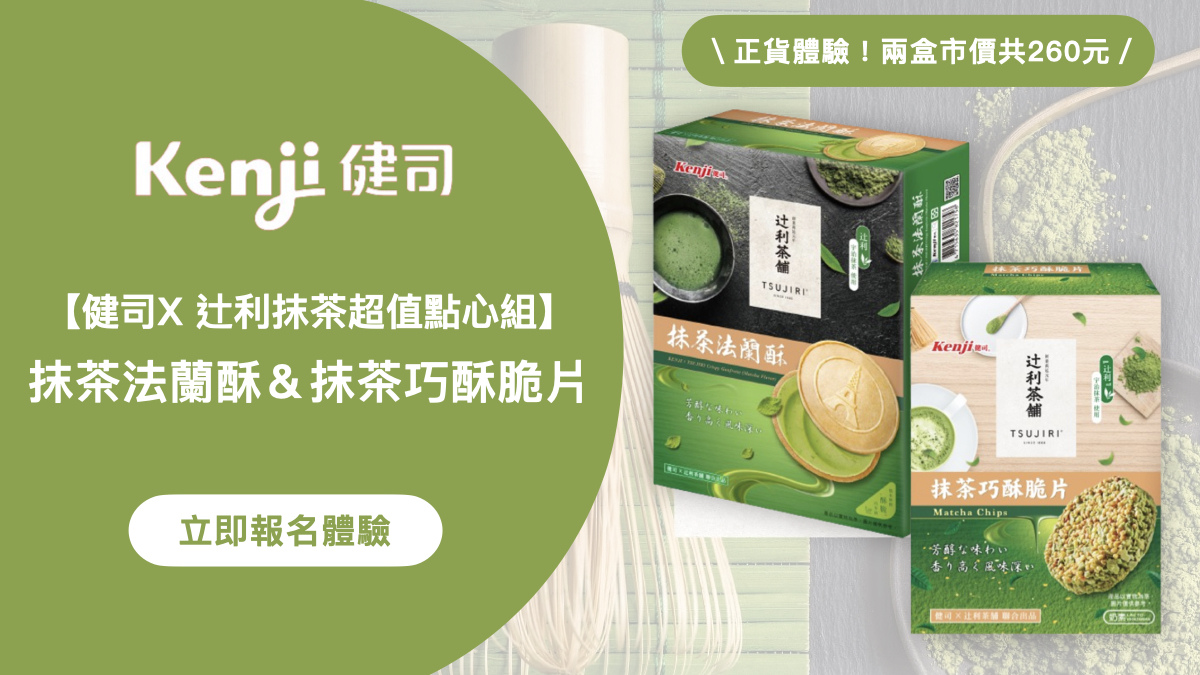台灣令人著迷 華盛頓郵報大幅報導
中國時報 記者劉屏 華盛頓 2011.4.10
《華盛頓郵報》4月9日介紹台灣、尤其是台北的特色。文章刊登在「旅遊」版,用了相當於一 整版的篇幅,並且配了三張彩照,標題是「沉湎於真正的台灣」(Reveling in the real Taiwan)。
作者梅斯特(Erin Meister)周遊各國,按他自己的說法,是為了美食。他寫道,台灣努力呈現其在文化、經濟、政治上的獨特,「盡管--也許是因為--有中國的、日本 的、荷蘭的餘緒」。他表示,早年「台灣製造」經常意味廉價品,但今天完全不一樣。在台北,最僻 靜的小巷子裡有最先進的產品。當然這須要有點勇氣,因為隨時可能碰上橫衝直撞的摩托車,「不過 冒點險是值得的」。
他說,到台北捷運中山站,一些商店出售具地方特色的產品,令人留連,「差不多花了我一下 午」。而在甚具風味的「蘑菇」(Booday),他買了不少手工的、獨特的袋子,還有饒富趣味 的珠寶。作者介紹說,這家商店有自己品牌的貨品,發行季刊還陳列並推廣台灣藝術家的作品。
文章說,在樓上家庭式的咖啡館,他拿不定主意是品嘗店家自製的三明治,還是沉醉於台灣音樂 家的作品中,結果「很自然的,兩者都沒有錯過」。
隔壁是非營利的「台灣好,店」(Lovely Taiwan),陳列原住民的手工藝品,有具備各種圖案的紡織品,有細緻的動物塑像,還有一般用品,例如草本肥皂。
作者特別著迷的是一組飲用醋,內含蜂蜜及李子,瓶子也非常漂亮。他表示,甜酸飲料在東亞很盛 行,大概有助於消化及平衡體內的酸鹼值。
五月中旬後因濕熱,很多人到有冷氣的百貨公司消費。百貨公司裡不乏知名的外國品牌,也有台 灣自己的品牌。
作者跳過Calvin Klein牛仔褲,選擇了台灣「0416」牌T恤。
在信義區有誠品(Eslite)書店旗艦店,店裡英文版的台灣旅遊指南,「不識中文的,這 是很棒的紀念品」。還可以慢慢爬過七層樓,選購茶具、枕頭、高科技產品以及台灣自己設計的文 具。
有的百貨公司附有餐飲部,裡面的台灣餐飲「不但好吃,而且不貴」。作者一一列舉,且以解釋 名詞的方式介紹給讀者,例如「把冰切成一片一片,其上覆以新鮮水果」,即「剉冰」。還有現做的 壽司、炒飯、以及「變種的西方食物」。作者說,太平洋SOGO百貨復興館地下室的鼎泰豐小籠 包,「值得大排長龍」。
作者對夜市、尤其夜市中的「小吃」(little eats)情有獨鍾。他提到二處,一是「類似紐約時代廣場的西門町」,一是「從1910年就開始的士林夜市」。他列舉蚵仔煎、大腸包小腸、臭豆腐等。
「台北101」大樓是最著名景點,但作者更感興趣的是「歷史最悠久的地區—萬華」,他花了 不少篇幅介紹香火鼎盛的龍山寺以及鄰近林立的成衣批發商。
作者花了一天造訪貓空,搭乘纜車,也沿著指南路健行,尤其是到茶園品茗。
他寫道,茶園主人告訴他,「我在這裡出生,年輕時搬到市區。這裡入夜後很黑,有些人害怕。但是 我懷念這裡,所以我回來了。
我不怕山,這是我的家,這是我的根」。
作者寫道:「就像我面前這壺熱氣上騰的茶,他以『台灣製造』為榮」。
原文如下 --推薦您看原文
Reveling in the real Taiwan
At Taiwan’s Taoyuan International Airport, a customs agent takes my passport and eyes it suspiciously. He looks up at me, one eyebrow raised. “Why have you come to Taiwan?” he demands.

“I heard it was a beautiful place,” I reply nervously, and the official’s gaze suddenly softens. He clutches his hands to his heart and grins widely.
“We are so happy to have you here,” he says. “I hope you find it beautiful, and tell everyone where you are from how friendly we are.”
Then he stamps my documents and waves me in, beaming long after I pass through the airport doors.
Although it has something of an international reputation as “China lite,” Taiwan possesses a vibrant national identity and pride of its own. Despite (or perhaps because of) lingering Chinese, Japanese and Dutch colonial influences, the sweet-potato-shaped island has fought to express its cultural, economic and political independence, and a strong youth culture combined with the marks of more than a dozen aboriginal tribes lend it today a dynamic air of self-rediscovery.
My delight in exploring the country’s capital city, Taipei, comes after I shed any lingering dreams of pagodas and rolling rice paddies; instead, I quickly learn to love slipping through dark, dusty doorways into shops, restaurants and seemingly secret cubbyholes where cool urban natives and hip travelers go to find the real Taiwan.

That’s what I’m after on this trip: Local color in every shape and form.
Thanks to the country’s rekindled pride, “Made in Taiwan” no longer implies the cheap production of plastic novelty items. Instead, it signifies a newfound emphasis on the local designer, the unmistakably Taiwanese artisan.
Finding them, however, can be difficult. Some of Taipei’s most adventuresome and innovative producers are tucked into the city’s claustrophobic back alleys. You have to brave the many mopeds whizzing recklessly by to reach them. But the peril’s worth it.
I discover an undeniable diamond in the rough in Figure 21, a don’t-blink sliver of a leather-goods boutique hidden in one of the East District’s many unassuming corridors. Each piece here — deliberately cockeyed change purses and meticulously hand-stitched saddlebags — has a personality of its own. The buttery-warm smell of leather hangs in the air of the studio-like boutique, where rough-and-ready briefcases rest casually alongside oddball knickknacks and vintage books, as though absent-mindedly left behind on a living-room shelf.
Venturing northeast, near the Zhongshan MRT Station, I pop into another pair of local-focused shops for a quick look around — and end up losing much of an afternoon. At the quirky, minimalist Booday, I score an armload of unique, hipstery goodies, giddily browsing through stacks of chopsticks in hand-sewn pouches, off-kilter canvas bags and playfully rough-hewn jewelry. Founded by a group of friends as a design label in 2003, Booday not only produces its own line of screen-printed notebooks that sell for about $6-$10, carry-alls ($50-$76) and T-shirts ($15-$30), it also stocks and promotes local art and artists and publishes its own quarterly magazine. In the homey upstairs cafe, I can’t decide whether to munch a house-made sandwich or get lost among the stacks of CDs by Taiwanese musicians. So naturally I find time for both.
Next door to Booday is Lovely Taiwan, a not-for-profit shop focusing on aboriginal handicrafts and art from outlying villages — from intricately detailed animal statuettes (about $26) to hand-woven fabrics adorned with native patterns (about $40). At first drawn to more banal goodies such as soaps peppered with dried local herbs, I soon find myself puzzling over a set of beautiful bottles of honey- and plum-infused drinking vinegar for about $12. A sweet-and-sour favorite throughout East Asia, sipping vinegar is often served in small cups between meal courses, purportedly to aid digestion and balance your pH. Dozens of mass-produced varieties are sold in the island’s labyrinthine grocery stores, but I was pleased to find small-batch flasks to use as an unusual cocktail mixer back home.

From mid-May, when the humidity skyrockets, sunbrella-toting locals forgo the charm of the shopping alleys to duck from one mammoth air-conditioned department store to the next. While Western designers are well represented here, most of the better malls feature local producers as well; I happily skip past racks of Calvin Klein jeans for hometown hoodies by T-shirt designer ’0416.
At the Xinyi District’s not-just-books flagship Eslite Bookstore, you can meander through seven floors stocked with gorgeous tea sets, funky pillows, hi-tech gadgets and unique stationery from Taipei-based craftspeople. Of course, the books are notable, too: The stunning photographs in such regional tour books as “Taiwan Tribes Travel” by the local publisher Guide make them great souvenirs even if you don’t read Mandarin.
Department store food courts, meanwhile, offer some of Taipei’s most delicious and inexpensive bites: crave-worthy shaved ice topped with fresh fruit (tsua bing), sizzling bibimbap (rice with vegetables), made-to-order sushi, fried rice, barbecue and even the odd twist on Western food (cone-shaped pizza, submarine sandwiches stuffed with sliced fruit). Staking out a table can be stressful, but no one seems to mind my hungry hovering as I wait to pounce on a seat.
Some malls boast fantastic sit-down eateries as well. The famous xiao long bao (steamed soup dumplings) at venerable Shanghai-style chow house Din Tai Fung are worth the long wait for a table on the basement level of the Fuxing District’s Pacific SOGO department store. Huge glass windows separate hungry patrons from the dumplingistas in the kitchen, so you can watch them hand-rolling each perfect little pouch.




 留言列表
留言列表


